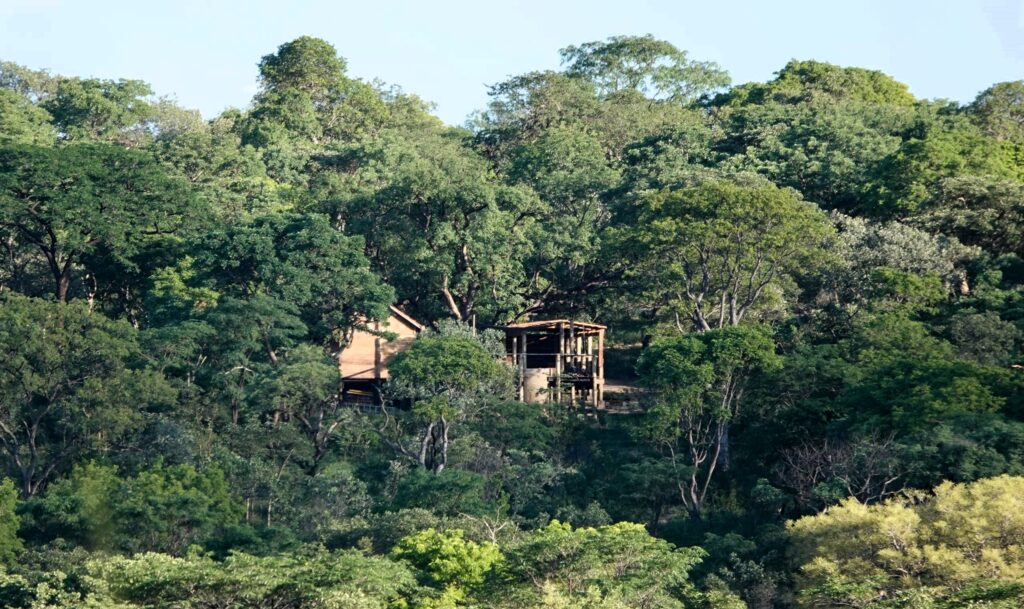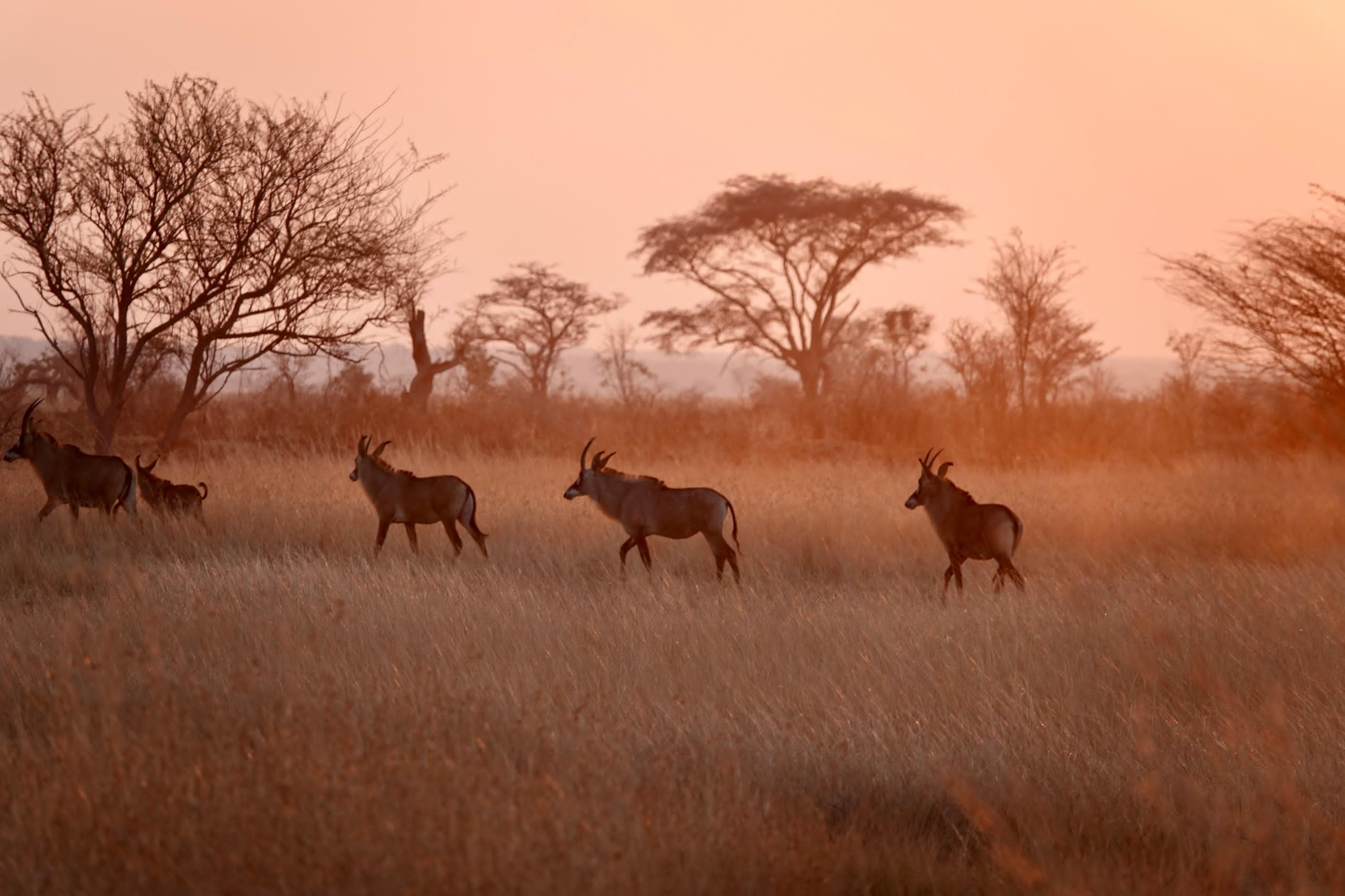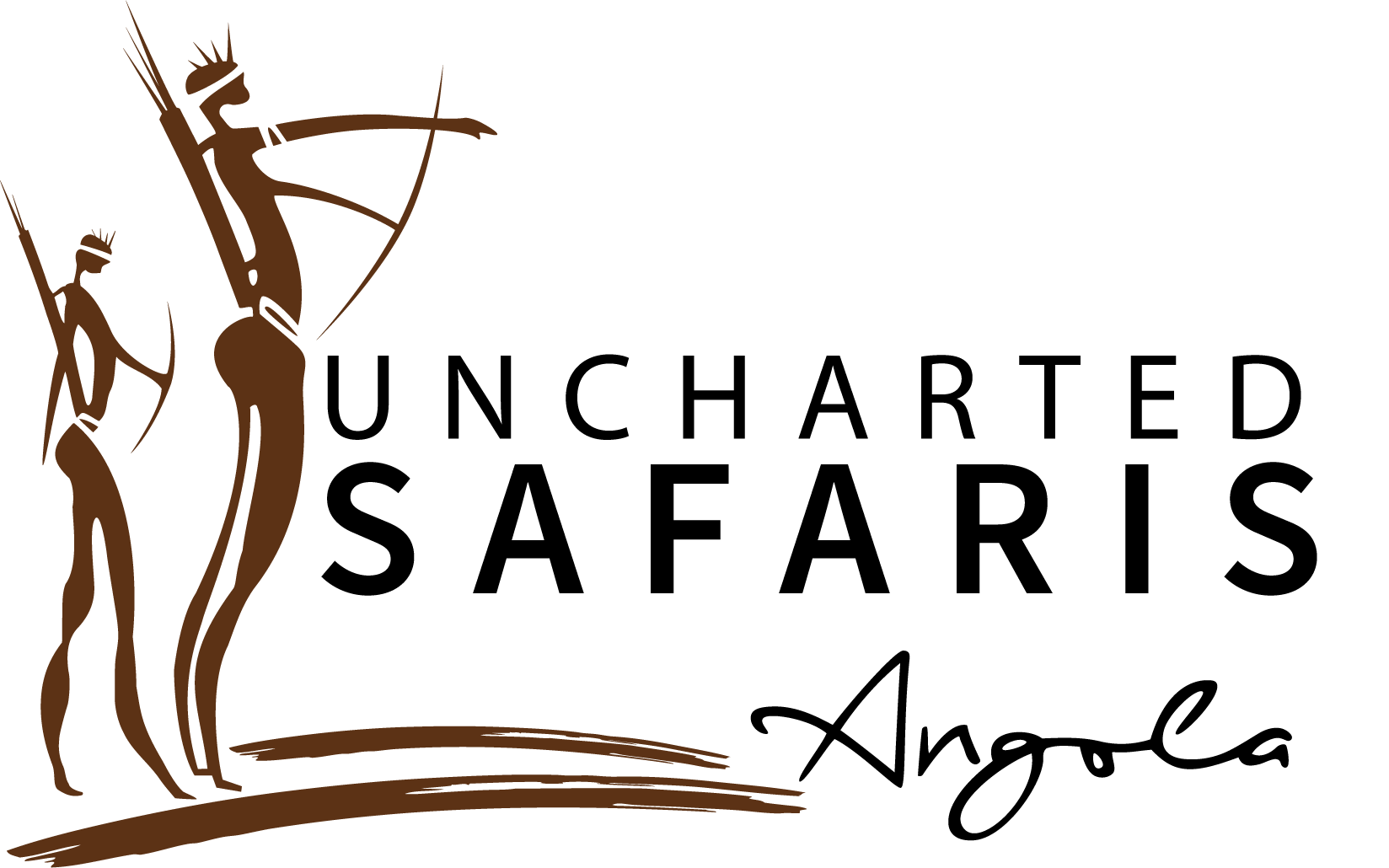Cuatir Nature Reserve
It’s a love affair
“My love affair with the Cuatir started with a late afternoon flight over the area in December 2012. I was bumbling along over the vast Angolan landscape, flying a Cessna Caravan. My mission was to map the territory for a tourism master-plan being compiled on behalf of the Angolan government. I saw an enclave in the river below and immediately looked for any sign of human habitation in the area, this I learned is an excellent indicator of the wildlife that you will find in an area. There were no towns, no nada I could not believe my eyes.
During 21 years of being a conservationist, pilot and charter operator, I have seen many areas, where pristine African Wilderness was sliced up into a mosaic of patches for agricultural use. Since I could see no trace of human activity in the area I knew this was a place worth visiting.


Back at our base in Menongue I consulted Google Earth and my old Portuguese maps of the Angolan hinterland. No roads, no access, no towns nada, which suited me fine! I rented a helicopter and pilot and we shot straight back to the area. I remember the pilot locking himself in the helicopter, as he was expecting some wild animal would come and have him for breakfast! While he was hiding away, I quickly went on a brief scouting trip and also took some soil and grass samples for further analysis at a lab in Windhoek.
On my way back to the helicopter I saw the tracks of four antelopes that ran away when we approached the area. The tracks were big, 11 cm long. This immediately indicated to me that it was either Roan or Sable and my mind was made up, I was going to protect one of the last true wilderness areas in Angola!

Due to other business obligations, it took us four years to first scout the area on land, get all the paperwork in place and start with the development of a research camp and a tented bush camp for guests. The Cuatir Conservation Project was born.” – Stefan van Wyk
Today Cuatir is a developed conservation area consisting of some 40,000 hectares. We have a base camp with six premium chalets, catering for fly-in safaris as well as a bush camp catering for self-drive visitors who wants to experience the solitude and wildlife of this natural wonder.
Activities include wildlife tracking with a San guide, a drive through the immaculate Woodland Savannah forest by quad-bike, a boat cruise on the Cubango river (one of the contributors of the water to the Okavango Delta) or a dugout canoe cruise on the Cuatir river, searching for the elusive Sitatunga that use the Cuatir river islands as their home. here you can experience dinner overlooking the Cuatir floodplains in a tree house dining room, build in an old rosewood tree on top of a sand dune.

Some of the endangered species in the Cuatir Conservation Area




We consider ourselves fortunate to be in their presence
